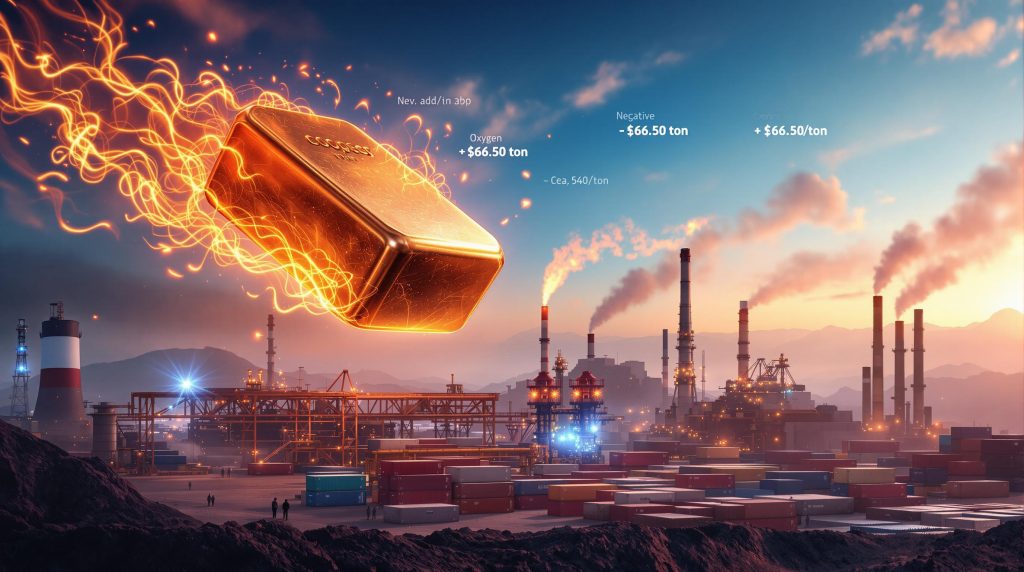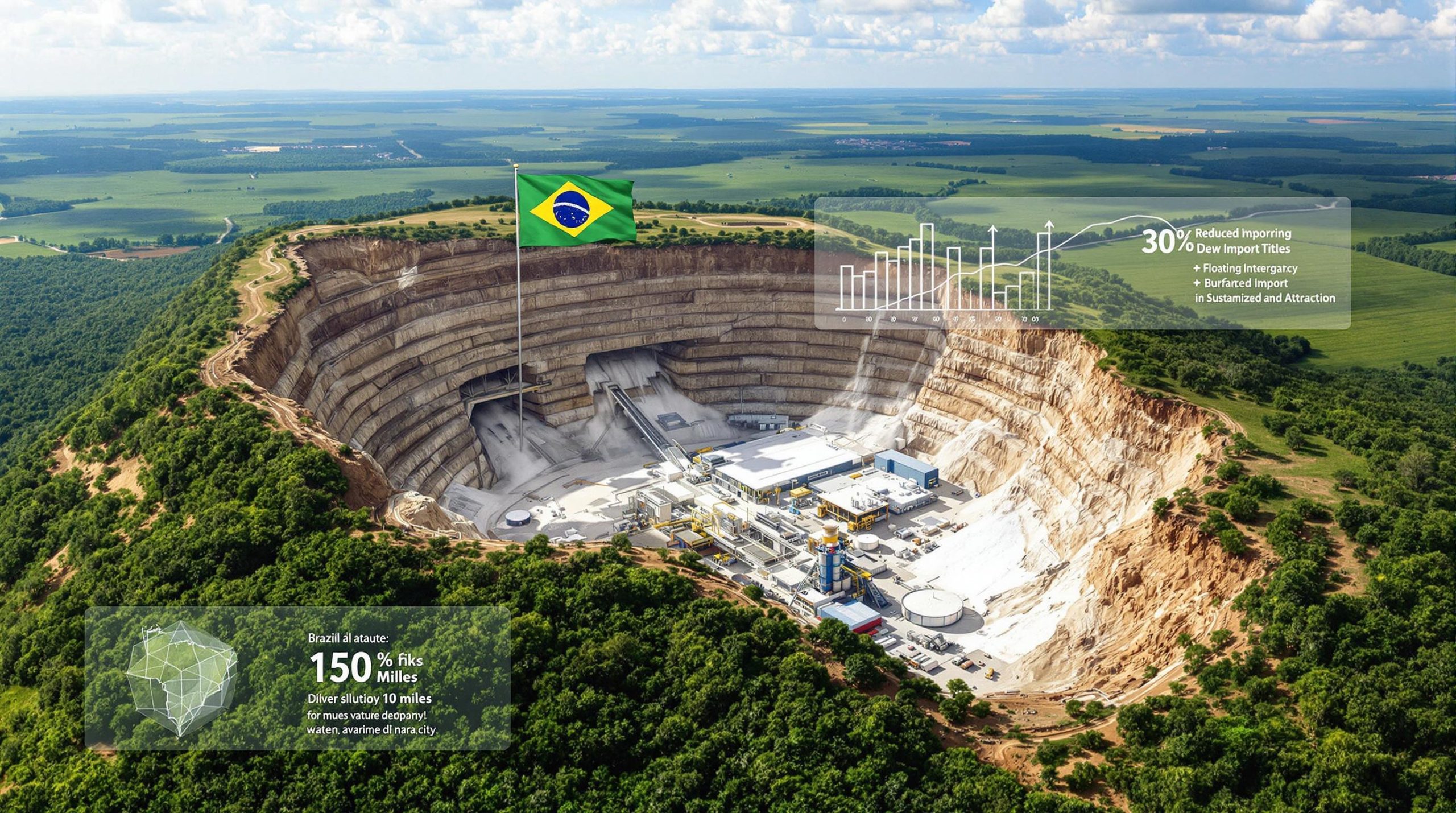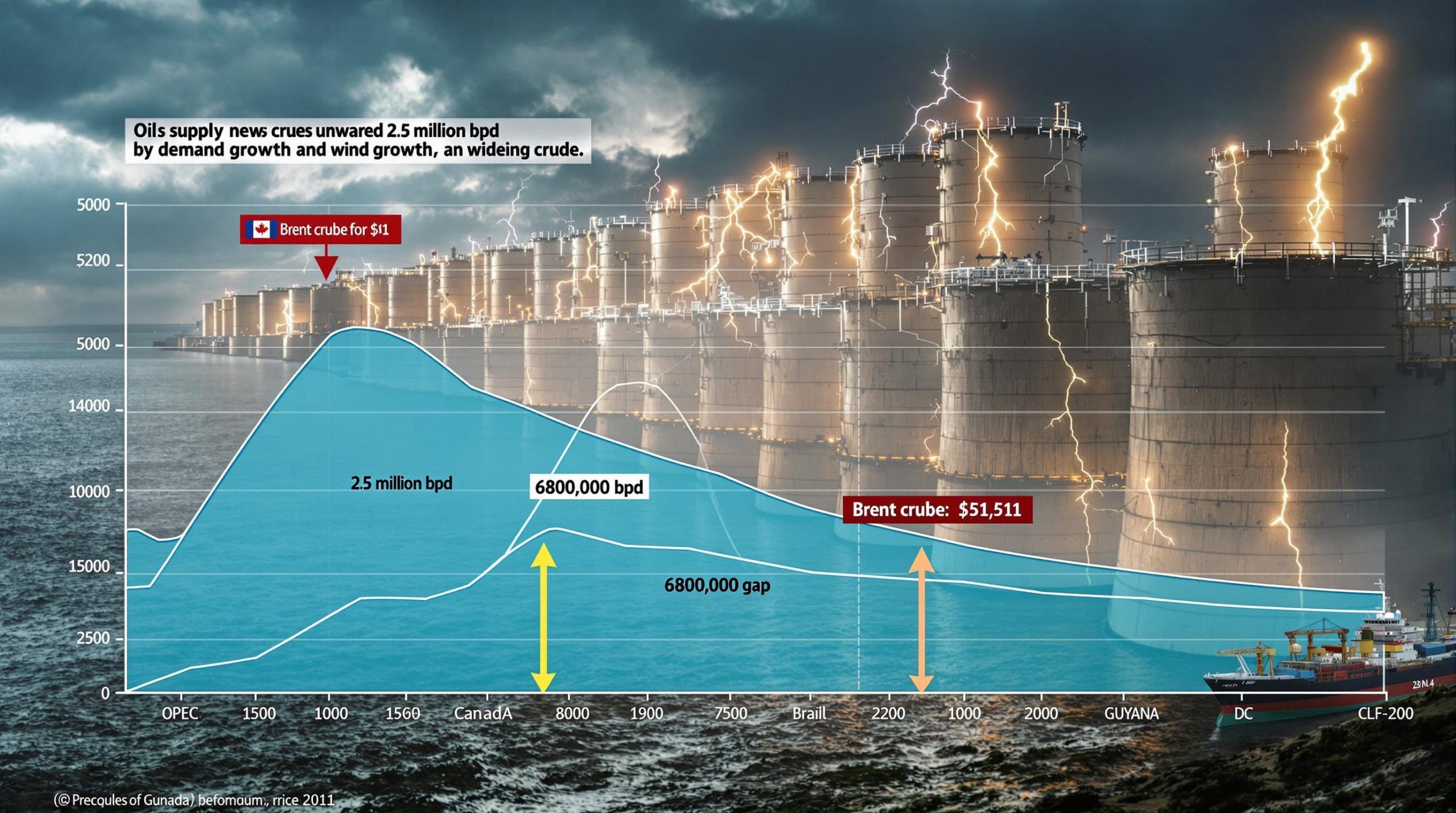The Freeport Outage: A Sudden Relief Valve for Tight Copper Concentrate Markets
The global copper concentrate market is experiencing an unexpected supply shift following an incident at PT Smelting's facility in Indonesia. This development has temporarily eased what has been described as historically tight market conditions, though analysts warn the structural supply constraints are likely to persist long-term.
The Unexpected Supply Shift Creating Market Ripples
An incident affecting the oxygen plant at Indonesia's PT Smelting facility has extended what was initially planned as a four-week maintenance shutdown. This disruption has unexpectedly released approximately 100,000 tons of copper concentrate from the Grasberg mine into the global market, creating a sudden influx of material in what has been an extremely tight supply environment.
"They're being offered to the market very abruptly," noted Albert Mackenzie from Benchmark Mineral Intelligence. "Most of the smelters are fairly well spoken for in terms of the units they need for the coming months, so I think that's part of the reason why it's had such a jarring effect."
The situation has gained urgency due to export license constraints, with Freeport reportedly looking to ship the cargoes quickly under a short-term license expiring in mid-September. According to PT Smelting's spokesperson, repairs on the oxygen plant are expected to be completed in early September, temporarily diverting concentrate that would normally feed directly into the integrated processing operation.
Timing Amplifies Market Impact
The timing of this unexpected supply release has magnified its market effect, coinciding with a seasonal weakening in demand. While 100,000 tons represents a relatively small percentage of global annual copper concentrate production, its sudden availability in the spot market has created a disproportionate impact on pricing dynamics.
This has resulted in a modest but notable improvement in treatment and refining charges (TC/RCs), which had previously reached unprecedented negative levels. The temporary relief comes at a critical moment for smelters struggling with historically challenging economic conditions.
The Historic Squeeze in Copper Concentrate Markets
Structural Supply-Demand Imbalance Driving Market Tightness
The global copper market has been experiencing a fundamental supply-demand imbalance that extends beyond temporary disruptions. Mine supply growth has failed to keep pace with the surge in global processing capacity, creating a worldwide shortage of concentrate that has been further intensified by increased trader participation.
"Mine supply hasn't been able to keep pace with smelting expansions in China and elsewhere, creating a worldwide shortage of ore that's been aggravated by growing demand from traders," reported Bloomberg News via MINING.com.
This structural constraint has been particularly evident in China, where significant new smelter additions have outstripped the availability of concentrate. The resulting bottlenecks in the supply chain have forced unprecedented market dynamics that have reversed traditional economic relationships between miners and processors.
Treatment and Refining Charges: The Market's Remarkable Reversal
Perhaps the most striking evidence of the market's extreme tightness has been the unprecedented reversal in treatment and refining charges (TC/RCs). These processing fees, which traditionally represent approximately one-third of a smelter's income, reached record negative levels of -$66.50/ton and -66.5¢/lb in late June 2025.
As of August 8, 2025, an index tracking spot TC/RCs stood at -$60.10 per ton of ore processed and -6.01¢/lb of contained metal, according to Fastmarkets Ltd. This represents a fundamental shift in the copper value chain economics, where smelters are now effectively paying to receive material rather than being paid to process it.
"Throughout 2025 they've been trading at negative levels in the spot market, creating an unprecedented market dynamic where smelters are now getting charged to process concentrates, rather than being paid to do so," explained industry analysts.
This reversal highlights the extreme pressure on smelters to secure raw material inputs, even at the expense of processing margins that have traditionally been core to their business models.
Grasberg Concentrates Flood the Market: Terms and Conditions
Commercial Offerings Creating Short-Term Opportunities
Multiple buyers in China have reported receiving offers for Grasberg cargoes shipping in August and September with treatment charges between -$20 to -$30 per ton. While still negative, these rates represent a significant improvement over the market lows of -$66.50/ton seen in June.
The expedited sales process, driven by export license constraints, has created an unusual situation where substantial volumes of high-quality concentrate are being made available with relatively favorable terms compared to recent market conditions.
Strategic Importance of the Grasberg Operation
The Grasberg mine remains one of the world's largest and most significant copper-gold operations, serving as a major contributor to global concentrate supply. Under normal circumstances, its production is integrated with the PT Smelting facility, but the current disruption has necessitated alternative marketing arrangements.
The mine's ability to pivot between domestic processing and export markets highlights the flexibility built into major operations to manage processing disruptions. This adaptability provides a crucial buffer in an increasingly tight global market for copper concentrate.
Future Outlook: Short-Term Relief vs. Long-Term Constraints
Analyst Perspectives Point to Persistent Structural Challenges
While the current supply release provides temporary breathing room, most market observers caution against interpreting this as a signal of longer-term relief. Charles Cooper from Wood Mackenzie noted, "New smelter capacity coming online will likely maintain structural pressure on TCs. Spot copper-concentrate treatment charges may not have reached their floor yet."
This perspective aligns with broader market consensus that the fundamental supply-demand imbalance driving the tightness in concentrate markets remains unresolved. The capacity additions already underway, particularly in China, suggest continued pressure on concentrate availability relative to processing capacity.
Market Participant Implications
The temporary pressure release has created divergent impacts for different market participants. Traders who aggressively secured cargoes at highly negative TC/RCs may face short-term pressure as spot rates improve. Conversely, smelters gain slight negotiating leverage in the immediate term, potentially securing more favorable terms for spot purchases.
However, the broader expectation is that structural constraints will continue to define market dynamics even after this temporary relief dissipates. As one industry observer noted, "This is merely a pause in what has been an unprecedented tightening cycle for concentrate markets."
Global Copper Supply Disruptions in 2025: A Broader Context
Multiple Production Challenges Creating Cumulative Impact
The freeport outage and relief in tight market for copper ore represents just one of several significant disruptions affecting global supply in 2025. Codelco's El Teniente mine in Chile reportedly lost between 20,000 to 30,000 tons of copper production following a July accident, while political risks continue to create uncertainty around operations at MMG's Las Bambas mine in Peru.
The cumulative effect of these multiple disruptions has created a complex supply picture, with regional imbalances exacerbating the challenges in efficiently matching concentrate supply with processing capacity. Furthermore, the ongoing Glencore smelter shutdown in Chile has further strained global processing capacity.
Market Responses and Adaptation Strategies
In response to these challenges, market participants have developed various adaptation strategies. Smelters have adjusted processing schedules to align with concentrate availability, while traders have repositioned inventory strategies to capitalize on regional arbitrage opportunities.
Buyers facing supply constraints have increasingly sought alternative sources, sometimes accepting lower-quality concentrates or exploring blending strategies to maintain throughput while managing quality parameters. The recent Codelco-Adani partnership also represents an attempt to secure more stable supply chains amid ongoing market volatility.
Understanding Copper Concentrate Market Dynamics: Key Questions Answered
What exactly are treatment and refining charges?
Treatment and refining charges (TC/RCs) represent fees typically paid to smelters for processing copper concentrate into refined metal. They're expressed as dollars per ton of concentrate (TC) and cents per pound of contained copper (RC).
In traditional market conditions, these charges provide approximately one-third of a smelter's income. However, in unprecedented market conditions like those seen in 2025, these charges have turned negative, meaning smelters are paying to receive material rather than being paid to process it.
Why are negative TC/RCs so significant for the industry?
Negative TC/RCs represent a fundamental shift in copper value chain economics. This reversal indicates extreme tightness in concentrate supply relative to processing capacity, forcing smelters to sacrifice processing margins to secure raw materials.
This situation creates significant financial pressure on smelters while benefiting miners who can command premium terms for their production. It also signals potential future supply constraints in refined copper as smelters may eventually reduce production if negative TC/RCs persist.
How significant is 100,000 tons of concentrate in the global market?
While 100,000 tons represents a small percentage of global annual copper concentrate production (which exceeds 16 million tons), its significance lies in its availability in the spot market. Marginal volumes can have outsized price impacts during periods of tight supply when most material is committed under long-term contracts.
The impact is magnified when high-quality material from a premier operation like Grasberg becomes unexpectedly available, particularly when coupled with the urgency created by export license constraints.
What caused the oxygen plant outage at PT Smelting?
While specific technical details of the oxygen plant incident haven't been publicly disclosed, oxygen plants are critical components in copper smelting operations. These facilities provide the oxygen-enriched atmosphere necessary for efficient processing of copper concentrates through oxidation reactions.
Modern copper smelting relies heavily on these specialized facilities, with disruptions potentially affecting multiple process stages. According to PT Smelting's spokesperson, repairs are expected to be completed in early September 2025.
Important Note: The copper market information presented reflects current market conditions as of August 2025. Market participants should conduct their own due diligence before making commercial or investment decisions based on this analysis, as conditions in commodity markets can change rapidly.
The Larger Implications for Copper's Future
The current dynamics in the copper concentrate market highlight the growing tensions between raw material supply and processing capacity that will likely shape the industry's evolution. As the global economy continues its electrification trajectory, these supply constraints may become increasingly significant factors in the broader metals complex.
With mining projects facing lengthening development timelines and increasing regulatory scrutiny, the structural imbalance between concentrate supply and smelting capacity could persist as a defining market feature. The latest copper price predictions suggest this dynamic will continue to support higher valuations despite temporary relief from outages like Freeport's.
Market participants across the value chain are adjusting strategies to navigate this new reality, recognizing that the traditional relationships between miners and processors have fundamentally shifted. In this context, developing effective copper investment strategies becomes increasingly important for both industry participants and financial investors.
Additionally, geopolitical factors cannot be overlooked, as potential trade war impact on copper markets could significantly alter supply-demand dynamics and further complicate an already constrained global market for copper concentrate.
Want to Stay Ahead of the Next Major Mineral Discovery?
Discovery Alert's proprietary Discovery IQ model instantly notifies investors of significant ASX mineral discoveries like those that transformed De Grey Mining and WA1 Resources, turning complex data into actionable insights. Explore how major discoveries create substantial returns by visiting the dedicated discoveries page and start your 30-day free trial today.




